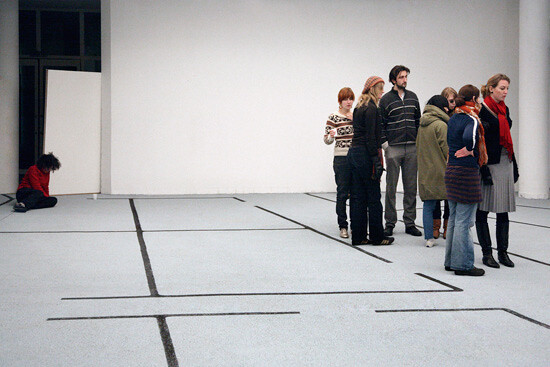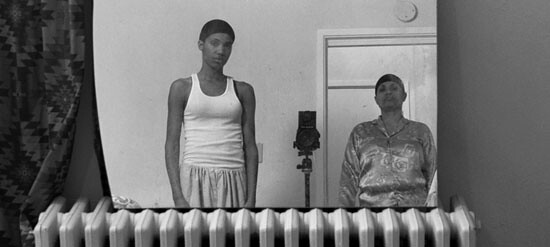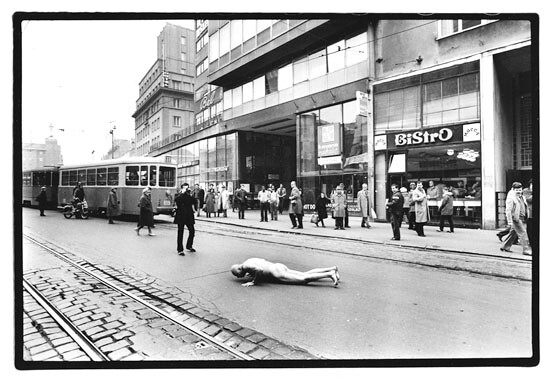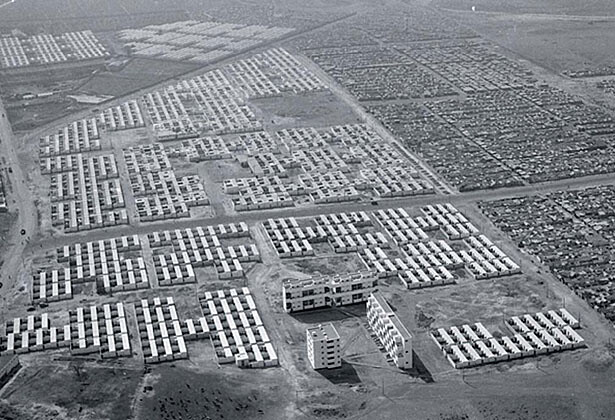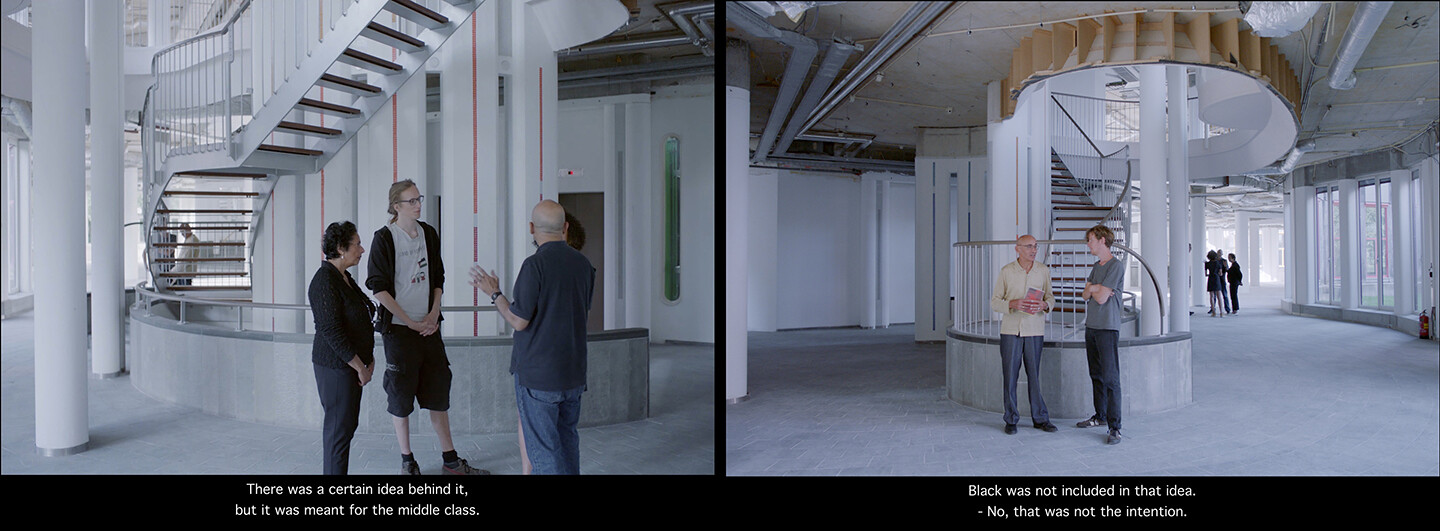Home
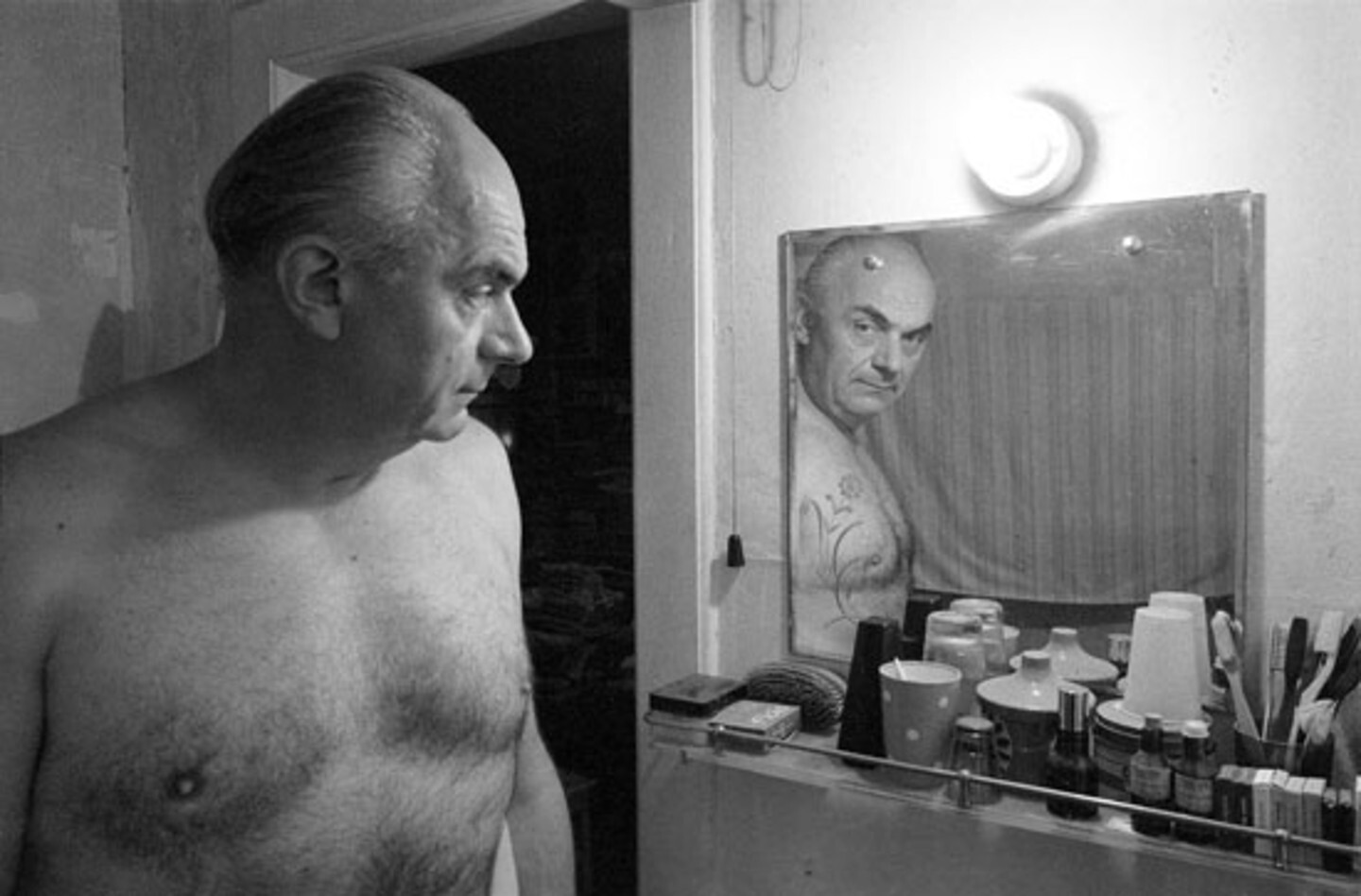
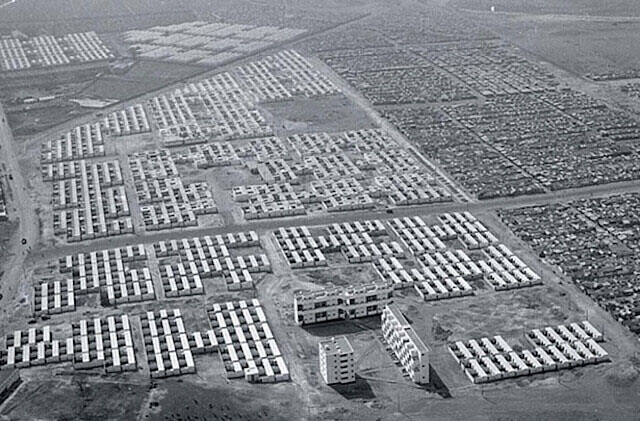
The pandemic has radically unsettled our relationship to what we call “home.” Amid mandated lockdowns (“stay at home!”), quarantining reframes the function of familiar space and our experience of it. Homes are fully transformed into uncanny sites of precarious labor, neoliberal production and consumption, and biopolitical control—alongside the domestic’s usual bliss, monotony, and terror. In the era of “working from home,” screens become the new networked hearth; walls no longer demarcate the eroded bounds of the private and public realm.
Yet the pandemic has made painfully clear that, under current governance, “home” is far from a given right. From mass homelessness to rent strikes, racist urban planning to the fortressing of national borders, life in and after quarantining warrants us to level and rebuild anew the structures that privilege shelter, residence, and belonging for some while denying it for others. The texts in this reader elaborate artistic, architectural, and poetic propositions for reimagining: home, for whom?
all prayers supplanted
every pew held our bodies
when we got to the waters
all the oak pews faced the Atlantic
to carry us outbound — silt coffers
to sit with the words held in the pews
the sun burned a hole right through me
I let it
In the spring of 2016, We Are Here, a group of people who had been refused official stay in the Netherlands but could neither return to their countries of departure nor go anywhere else, squatted Tripolis 200, one of the three buildings of the complex, for roughly three weeks. Ironically, until two years earlier, this part of the complex had been occupied as the municipal office of South Amsterdam through which (accepted) citizens passed to register, get married, and pick up official documents.
